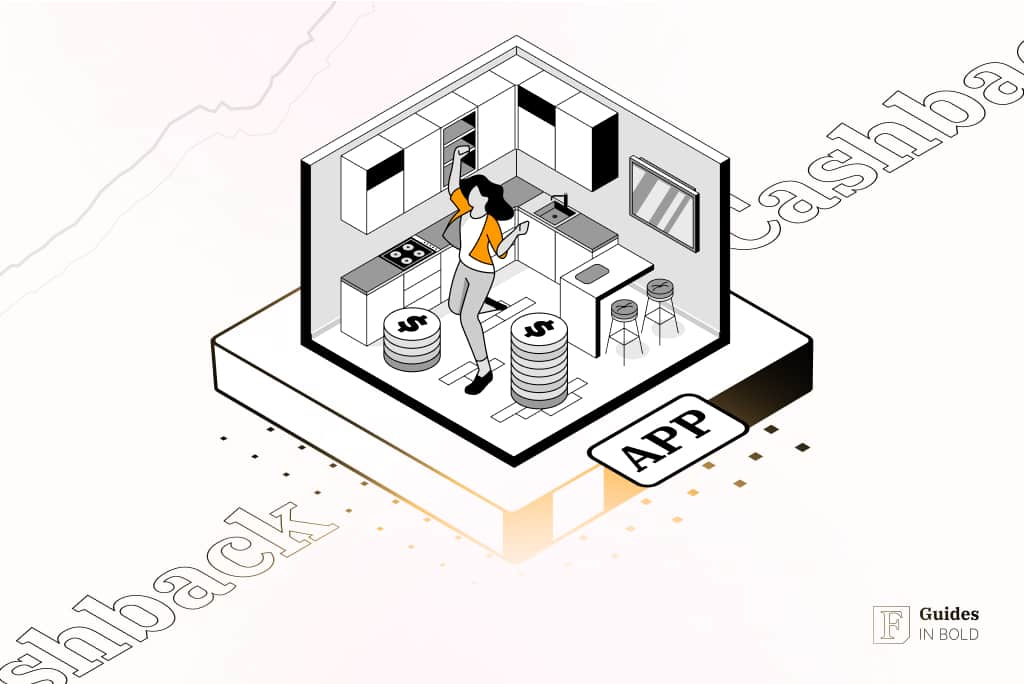A new forecast suggests that food prices – food inflation – will slow at approximately 3% this year. That’s good news because it represents a 50% reduction in the pace of food inflation in 2023. According to USDA, food prices are expected to increase by 5.8% (2023 figures), with estimates ranging between 5.7% and 6%. Understanding what that means is important since sticky wages and a tough job market have a contractionary effect on personal disposable income.
If you decide to eat out, expect to make bigger out-of-pocket payments, in the region of 7.1%, according to the report by the FDA titled Food Price Outlook. But now that 2024 is here, things are looking a little rosier. The expected food price increase for this year is 2.9%. Grocery prices are slated to rise by 1.6%, while restaurant prices are expected to rise by 4.3%. Of course, there are upper/lower prediction intervals for both cases.
As a consumer, it’s important to understand how you can implement cost-saving measures in your personal capacity.
Innovative solutions to beat rising costs
Here are a few tactics for beating rising costs:
- Consume less of your purchased products without adversely impacting your quality of life (QOL);
- Select substitute products of equal quality for high-priced stables, including no-name brand items or less popular grocery items;
- Use all available tech tools and resources to minimize out-of-pocket expenditures and maximize your budget. These include the Upside grocery cashback app*, budgeting tools, in-store coupons, bulk purchases, and grocery store annual memberships;
- Use your smartphone and/or apps to calculate the costs of cart items as you are shopping. This can save you a bundle at the register when it’s time to check out. And remember, there are always items on the shelves – especially after major holidays like Christmas, New Year, Easter, Thanksgiving, etc;
- Always try to split bills when going out with friends and family (if applicable), and reduce expensive restaurant purchases such as fancy cocktails, extravagant hors d’oeuvres, and other accouterments;
- Reduce going out to eat to important social, business, or family functions. This can save you a ton of money over time;
- Formulate meal plans for every day of the week to prevent you from purchasing unnecessary grocery items at the supermarket. The preplanning route ensures that there is a meal for every mealtime without wasting money on a whim (impulse shopping is a no-no);
- Grocery stores are notorious venues for high-priced hygiene products. You are far better off making those purchases at discount superstores like Walmart, Target, or even Amazon.
*In an era where smart budgeting is key, there’s more to economize on food expenses than just hunting for discounts or opting for no-name brands. The advent of apps like Upside offers a revolutionary approach to managing your food expenses, aligning perfectly with the need for savvy spending in today’s economy.
The Upside app is not just another tool; it’s a comprehensive solution for earning cash back on daily essentials. With rising food costs, every cent saved is a step towards financial prudence. Upside makes this achievable by offering up to 30% cash back at grocery stores.
This feature is incredibly valuable, especially considering the forecasted increase in grocery prices by 1.6% this year. Incorporating Upside into your regular shopping routine transforms how you perceive savings – shifting the focus from mere discounts to actual earnings.
What sets Upside apart is its simplicity and directness. Unlike traditional loyalty programs or complex reward systems, Upside provides real cash back. This straightforward approach is critical for consumers who are already navigating the complexities of a tight budget.
As you plan your weekly meals and decide whether to dine out or cook at home, Upside can be a decisive factor. With cashback options at numerous restaurants and grocery stores, using Upside could mean more meals on the same budget.
Smart Technology Empowers Smart Spending
Beyond the immediate financial benefits, using Upside aligns with responsible spending habits. It’s not just about spending less; it’s about spending smart. For instance, when dining out becomes necessary, choosing restaurants partnered with smart shopping apps ensures you’re not just enjoying a meal but also earning back a part of your spending. This method of ‘earning while spending’ is an innovative way to offset some of the increased costs projected in the FDA’s Food Price Outlook.
Incorporating top apps into your grocery and dining routine is the right move. Plus, it’s a strategic approach to mitigating the rising costs of food. Whether planning a family dinner or grabbing a quick bite, remember, with Upside, you’re not just spending but also earning. It’s about making every dollar count in a time where every dollar matters.




